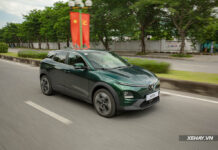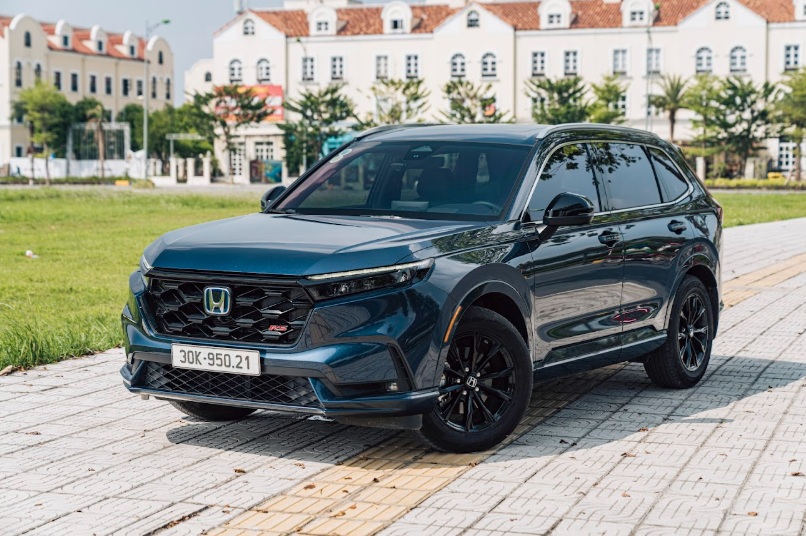Vietnam Emerges as a Bright Spot in Southeast Asia’s Automotive Market with Impressive 24% Growth in Q1 2025
This acceleration not only propelled Vietnam past the Philippines in terms of vehicle sales but also reflects a new consumer trend in one of the region’s most dynamic economies.
According to data compiled by Nikkei Asia, total automotive sales in Indonesia, Malaysia, Thailand, the Philippines, and Vietnam during the first quarter of 2025 reached 732,898 units, a 1.7% decline compared to the same period last year. Contrasting the general trend, Vietnam’s automotive market witnessed a significant growth of 24% from Q1 2024, the highest rate in the region.
This improvement is attributed to favorable macroeconomic factors, consumer-supportive policies, and an increased diversity of products, especially in the fuel-efficient and commercial vehicle segments.
Among the segments, hybrid vehicles recorded the highest increase, surging by 80% year-over-year, with a total of 2,562 units sold. This extraordinary growth is driven by the introduction of new models such as the Toyota Camry hybrid and Suzuki XL7 hybrid, offering fresh options in the fuel-efficient family car segment.
Additionally, the commercial vehicle and truck segments also contributed significantly to the overall increase, with sales reaching 15,445 units (+22%) and 13,400 units (+21%), respectively.
Figures from the Vietnam Automobile Manufacturers Association (VAMA) exclude sales from VinFast and Hyundai (two crucial players in the domestic market). Adding their sales figures—35,100 units for VinFast and 11,464 units for Hyundai—the total vehicle sales in Vietnam during Q1 2025 climb to 118,813 units. With these numbers, Vietnam has officially surpassed the Philippines, which sold 117,074 vehicles in the same period, to become the fourth-largest automotive market in Southeast Asia.
Although the Philippines also experienced a 7% growth in the first quarter, its market faced challenges in the passenger car segment, declining by 13.7%. A bright spot was the commercial vehicle segment, which increased by 13.9%, while electric and hybrid vehicles accounted for a total of 4,544 units, making up 5.73% of overall sales.
Thailand, one of the region’s oldest and largest automotive markets, witnessed a 7% drop, falling to 153,193 units. Notably, sales of internal combustion engine vehicles declined sharply, with pickup trucks decreasing by 13% and passenger cars by 14%. In contrast, electric vehicles rose by 19% to 22,737 units, mainly from Chinese brands. However, compared to Q4 2024, the Thai market grew by 14%, largely due to discount campaigns to counter the impact of tightened credit conditions resulting from high household debt.
In Malaysia, sales in Q1 declined by 7.4%, amounting to 188,100 units. This drop is explained by the clearance of backlogged orders from the previous year. However, March saw a mild recovery with a 2.2% increase year-over-year, totaling 72,700 units. Experts anticipate an acceleration in Malaysia’s electric vehicle market in the coming period due to the growing competition from Chinese and domestic brands.
The 24% growth in Q1 2025 has positioned Vietnam as the most dynamic market in Southeast Asia. It not only highlights the strong recovery of domestic consumer demand but also opens up expectations for a shift towards hybrid and electric vehicles, paving the way for future green transportation strategies.
Amid the region’s challenges, including tightened credit, interest rate pressures, and shifting consumer preferences, Vietnam’s success serves as a positive signal and a strategic lesson for both manufacturers and policymakers.
TH (Tuoitrethudo)















































